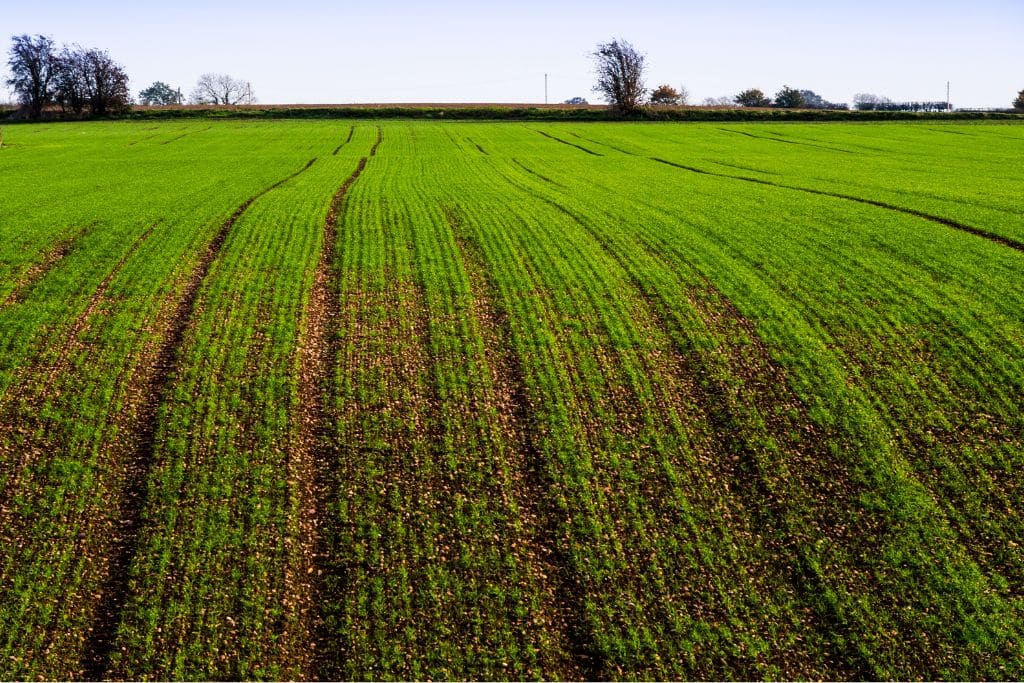The health of our planet is in a state of crisis. Worldwide, we continue with unsustainable practices that are speeding up and worsening the effects of climate change. One of the main contributors of a rapidly warming planet is the food production industry. The potential for positive change within this sector is immense. Transitioning to greener methods can help reduce environmental harm in more ways than one.
—
1. Switch to Renewable Energy
Conventional methods of food production rely on fossil fuels. A global energy transition to greener alternatives will stop the contribution to carbon emissions. Renewable energy sources, like solar and wind, are much kinder to the environment.
China is the leading country when it comes to renewables, home to the most green energy, despite 55% still coming from coal. In comparison, the US generated 25% of all energy from renewables in the first half of 2023. The European Union has also made great strides recently, with 39% of electricity in the 27-nation bloc currently generated by renewables.
Although there’s uncertainty around new energy sources, switching is not a choice. We are unable to depend on finite resources like fossil fuels for much longer. A dwindling supply means the time to go green with our technology could not come any sooner.
You might also like: China On Track to Meet Clean Energy Target Five Years Ahead of Schedule: Study
2. Reduce Water Usage
Water is a precious resource that is often taken for granted in food production. It takes a huge amount of water to grow crops and raise livestock. Agriculture alone uses 70% of all freshwater worldwide. We can reduce its scarcity by putting value on product quality to stop over-farming. Companies must source meat from reputable farmers rather than selecting the cheapest option. It takes 660 gallons of water to manufacture one singular hamburger, while a 12oz steak requires over 1,300. Less demand means that instead of growing crops to feed livestock, we can use the land for our own consumption.
3. Recyclable Packaging
The packaging used for food products is often non-recyclable and ends up in landfills. One-third of global plastic packaging contributes to pollution worldwide. By using recyclable materials, we promote a circular economy where we reuse products. The time for single use plastic is over, and biodegradable materials are the future. Consumers are becoming more mindful of where they shop when eating out and on the go. Recyclable packaging for takeaway containers and coffee cups could boost a business’ popularity.
You might also like: 8 Sustainable Packaging Solutions to Solve the Plastic Waste Dilemma
4. Supporting Local Farmers
Another way to go greener in food production is by supporting local farmers. Purchasing local produce helps save emissions deriving from food transportation. Around 500 million people worldwide work on their family smallholding. Their knowledge of regenerative farming practises is the key to the future of our planet. They have the potential to increase yields and build resilience against environmental challenges. Supporting local farmers also helps keep small businesses thriving in a competitive industry.
5. Avoid Chemicals and Pesticides
The use of pesticides and other chemicals is detrimental for the environment. They can contaminate the soil and local water supplies, killing wildlife and destroying entire ecosystems. Transitioning to more natural farming practices promotes biodiversity and minimises harm to other species. It also leads to healthier food production as we are not consuming toxic substances. Research suggests that ingesting pesticide residue could have adverse side effects on our bodies. Although uncertain how harmful they could be, it is preferable we eat as clean as possible.
6. Listen to the Public
It is undeniable that the public interest around climate change and ways to protect our planet is rising. With more media documenting the devastation of our planet, more of us are acting to change. As the number of people consuming a plant-based diet rises, more are doing their bit for the planet. Whether it is due to inflation, or a conscious decision, shopping habits are greener. Most shoppers bring their own bags, and shop with meal planning for the week in mind. Households minimising food waste and purchasing fewer single-use plastics are leading by example. The public is paving the way, begging big businesses to listen and follow.
Conclusion
The global goodness of going greener in food production is vast. Making small changes and supporting sustainable practices could have a big impact. If we become more conscious consumers, we can also contribute to changing the food industry for the better. Only together can we create a healthier and more sustainable future.
You might also like: The Future of Farming: Can We Feed the World Without Destroying It?


















